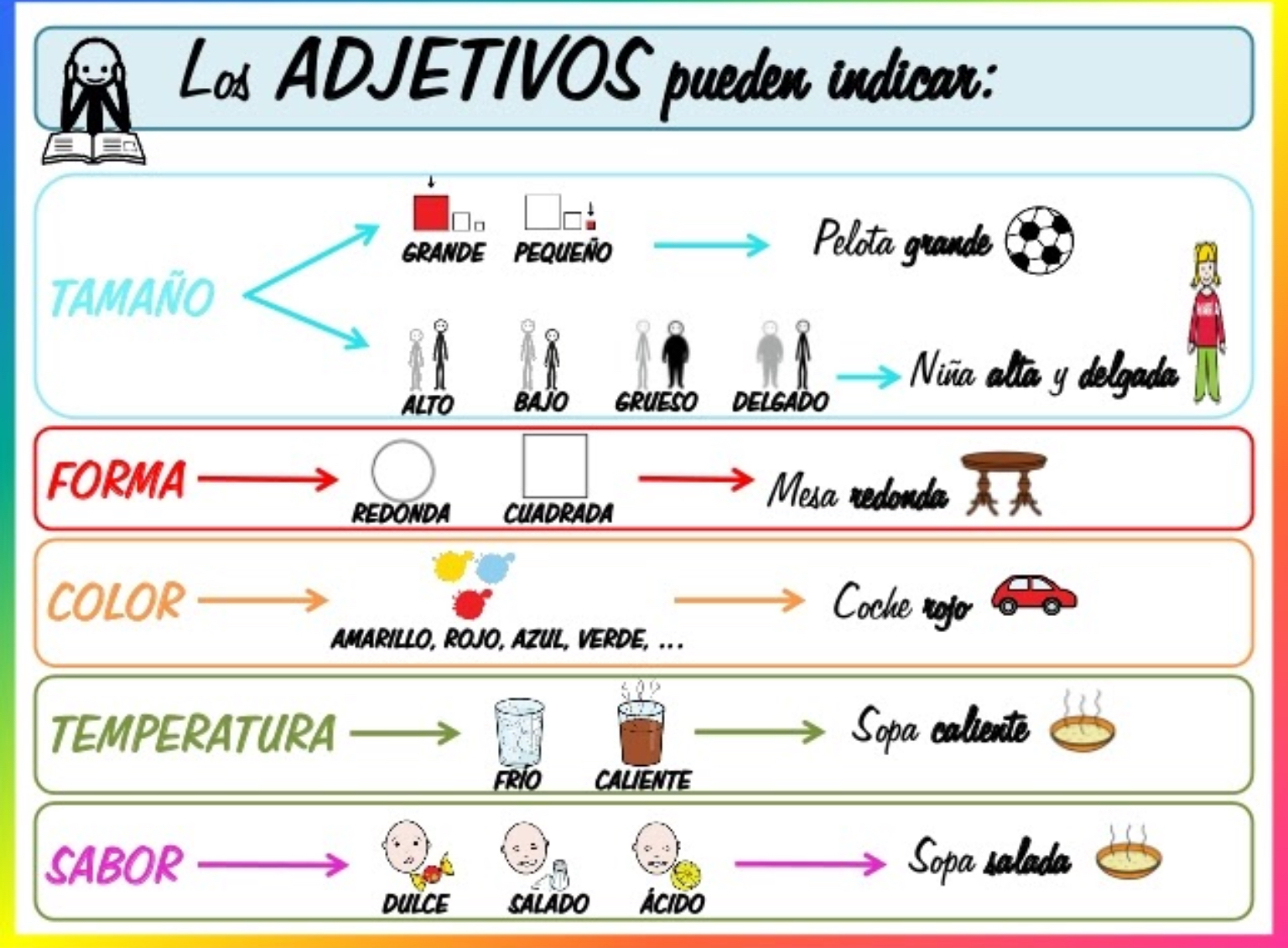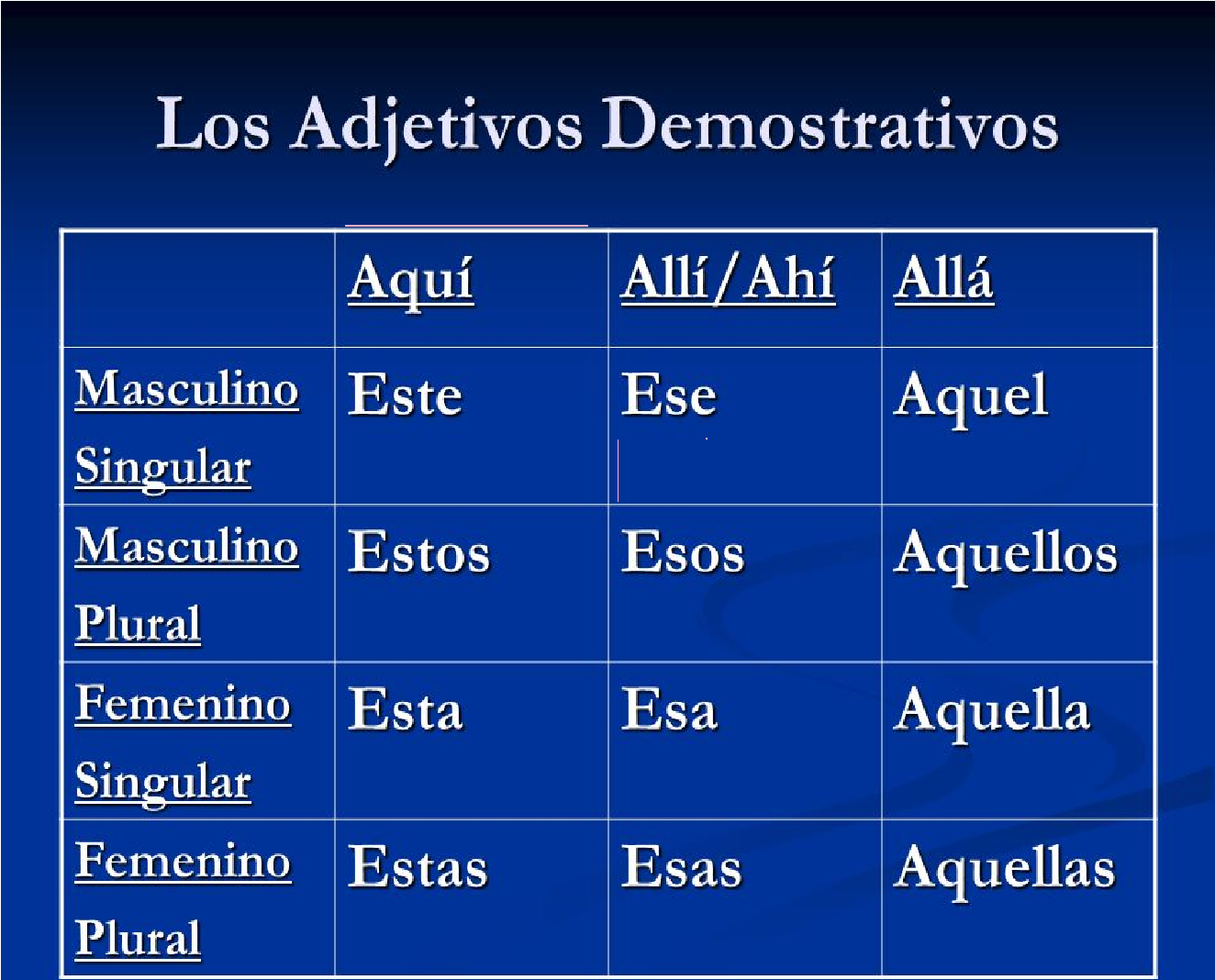What are adjectives?
Adjectives are words that describe nouns. They can tell us more about the size, shape, color, age, or quality of something. For example, the adjective "big" describes the size of a noun, while the adjective "red" describes the color of a noun.
Adjectives are important because they help us to create a more vivid and detailed picture in our minds. They can also help us to compare and contrast different things. For example, we can say that a car is "big" or "small" or that a painting is "beautiful" or "ugly".
Adjectives have been used in language for centuries. They are an essential part of speech that helps us to communicate our thoughts and ideas.
Here are some tips for using adjectives effectively in your writing:
- Use adjectives sparingly. Too many adjectives can make your writing sound cluttered and overwhelming.
- Choose adjectives that are specific and descriptive. Vague adjectives like "good" or "bad" don't add much information to your writing.
- Place adjectives close to the nouns they modify. This will help your readers to understand the relationship between the two words.
Examples of Adjectives
Adjectives are words that describe nouns. They can tell us more about the size, shape, color, age, or quality of something. For example, the adjective "big" describes the size of a noun, while the adjective "red" describes the color of a noun.
- Size: big, small, tall, short
- Shape: round, square,, rectangular
- Color: red, blue, green, yellow
- Age: old, young, new
- Quality: good, bad, beautiful, ugly
Adjectives are important because they help us to create a more vivid and detailed picture in our minds. They can also help us to compare and contrast different things. For example, we can say that a car is "big" or "small" or that a painting is "beautiful" or "ugly".
Size
Size is one of the most basic and important adjectives that we use to describe the world around us. It can be used to describe the size of anything, from a person to a building to a mountain. When we use adjectives of size, we are comparing the size of one thing to the size of another. For example, we might say that a car is "big" or "small" or that a person is "tall" or "short".
- Big
The adjective "big" is used to describe something that is large in size. For example, we might say that a house is "big" or that a car is "big". - Small
The adjective "small" is used to describe something that is small in size. For example, we might say that a mouse is "small" or that a pebble is "small". - Tall
The adjective "tall" is used to describe something that is high in stature. For example, we might say that a building is "tall" or that a person is "tall". - Short
The adjective "short" is used to describe something that is low in stature. For example, we might say that a fence is "short" or that a person is "short".
Adjectives of size are important because they help us to compare and contrast different things. For example, we might say that a car is "bigger" than a bicycle or that a building is "taller" than a house. Adjectives of size can also be used to create a more vivid and detailed picture in our minds. For example, we might say that a "big, red house" or that a "small, white mouse".
Shape
Shape is one of the most basic and important adjectives that we use to describe the world around us. It can be used to describe the shape of anything, from a person to a building to a mountain. When we use adjectives of shape, we are comparing the shape of one thing to the shape of another. For example, we might say that a ball is "round" or that a building is "square".
- Round
The adjective "round" is used to describe something that is circular in shape. For example, we might say that a ball is "round" or that a plate is "round". - Square
The adjective "square" is used to describe something that has four equal sides and four right angles. For example, we might say that a building is "square" or that a piece of paper is "square".
The adjective "" is used to describe something that has three sides and three angles. For example, we might say that a mountain is "" or that a piece of pizza is "".- Rectangular
The adjective "rectangular" is used to describe something that has four sides and four right angles, but the sides are not all equal in length. For example, we might say that a door is "rectangular" or that a piece of bread is "rectangular".
Adjectives of shape are important because they help us to compare and contrast different things. For example, we might say that a ball is "rounder" than a cube or that a building is "more square" than a circle. Adjectives of shape can also be used to create a more vivid and detailed picture in our minds. For example, we might say that a "big, red, round ball" or that a "small, white, square box".
Color
Color is one of the most important adjectives that we use to describe the world around us. It can be used to describe the color of anything, from a person to a building to a mountain. When we use adjectives of color, we are comparing the color of one thing to the color of another. For example, we might say that a rose is "red" or that the sky is "blue".
Colors are an essential part of our lives. They can affect our mood, our behavior, and even our health. For example, the color red has been shown to increase heart rate and blood pressure, while the color blue has been shown to have a calming effect. Colors can also be used to create a more vivid and detailed picture in our minds. For example, we might say that a "big, red, round ball" or that a "small, white, square box".
Adjectives of color are important because they help us to communicate our thoughts and ideas more effectively. They can also be used to create a more beautiful and interesting world around us.
Age
Age is an important adjective that we use to describe the world around us. It can be used to describe the age of anything, from a person to a building to a mountain. When we use adjectives of age, we are comparing the age of one thing to the age of another. For example, we might say that a person is "old" or "young" or that a building is "new".
Adjectives of age are important because they help us to understand the history of something and to predict its future. For example, if we know that a person is "old", we can infer that they have lived a long life and have a lot of experience. If we know that a building is "new", we can infer that it was recently built and is in good condition. Adjectives of age can also be used to create a more vivid and detailed picture in our minds. For example, we might say that a "wise old man" or that a "brand new car".
Here are some examples of how adjectives of age can be used in a sentence:
- The old man sat on the porch and watched the sunset.
- The young girl skipped down the street, her laughter filling the air.
- The new house was beautiful, with a white picket fence and a red door.
Adjectives of age are an essential part of our language. They help us to communicate our thoughts and ideas more effectively. They can also be used to create a more beautiful and interesting world around us.
Quality
Quality is a broad and subjective concept that can be applied to many different things. When we use adjectives of quality, we are expressing our opinion about something. For example, we might say that a painting is "beautiful" or that a movie is "bad".
- Good
The adjective "good" is used to describe something that is positive or desirable. For example, we might say that a meal is "good" or that a person is "good".
- Bad
The adjective "bad" is used to describe something that is negative or undesirable. For example, we might say that a movie is "bad" or that a person is "bad".
- Beautiful
The adjective "beautiful" is used to describe something that is aesthetically pleasing. For example, we might say that a painting is "beautiful" or that a person is "beautiful".
- Ugly
The adjective "ugly" is used to describe something that is not aesthetically pleasing. For example, we might say that a building is "ugly" or that a person is "ugly".
Adjectives of quality are important because they allow us to express our opinions and to communicate our thoughts and feelings about the world around us. They can also be used to create a more vivid and detailed picture in our minds. For example, we might say that a "beautiful, sunny day" or that a "dark, stormy night".
Preguntas frecuentes sobre "ejemplos de adjetivos"
Esta seccin proporciona respuestas concisas y directas a preguntas frecuentes sobre "ejemplos de adjetivos".
Pregunta 1: Qu son los adjetivos?
Respuesta: Los adjetivos son palabras que describen sustantivos, proporcionando informacin sobre su tamao, forma, color, edad o calidad.
Pregunta 2: Por qu son importantes los adjetivos?
Respuesta: Los adjetivos son esenciales para crear descripciones vvidas, comparar y contrastar elementos y transmitir pensamientos e ideas de manera efectiva.
Pregunta 3: Cules son algunos ejemplos de adjetivos?
Respuesta: Algunos ejemplos comunes de adjetivos incluyen grande, pequeo, alto, corto, redondo, cuadrado, rojo, azul, viejo, joven, bueno y malo.
Pregunta 4: Cmo se utilizan los adjetivos en las oraciones?
Respuesta: Los adjetivos se colocan cerca de los sustantivos que modifican, aportando detalles y caractersticas especficas.
Pregunta 5: Existen diferentes tipos de adjetivos?
Respuesta: S, los adjetivos se pueden clasificar en varios tipos, como adjetivos de tamao, forma, color, edad y calidad.
Pregunta 6: Cmo puedo mejorar mi uso de adjetivos?
Respuesta: Utiliza adjetivos con moderacin, elige adjetivos especficos y descriptivos, y colcalos cerca de los sustantivos que modifican.
Resumen:
- Los adjetivos son palabras esenciales para describir sustantivos, aportando detalles y caractersticas.
- Son importantes para la claridad, la comparacin y la expresin efectiva de pensamientos e ideas.
- Existen diferentes tipos de adjetivos que se utilizan para describir diversos aspectos de los sustantivos.
Comprender y utilizar correctamente los adjetivos mejora significativamente la escritura y la comunicacin.
Prxima seccin: Tipos de adjetivos
Conclusion
Adjectives play a crucial role in language by providing essential details and characteristics that enhance our understanding of the world around us. They enable us to describe the size, shape, color, age, and quality of nouns, creating vivid descriptions and facilitating effective communication.
The exploration of "ejemplos de adjetivos" has shed light on the diverse types of adjectives and their significance in various contexts. By understanding and utilizing adjectives effectively, we can enhance our ability to express ourselves clearly, compare and contrast elements, and convey our thoughts and ideas with precision.
Ultimate Guide To King Bed Dimensions: How Big Is A King Bed?
Who's Who: The Ancient Maya
The Comprehensive Guide To Understanding Intrasubstance Tear Meaning

Adjetivos definición, para qué sirven, tipos y ejemplos

ADJETIVOS

30 EJEMPLOS DE ADJETIVOS DEMOSTRATIVOS PURO TIP